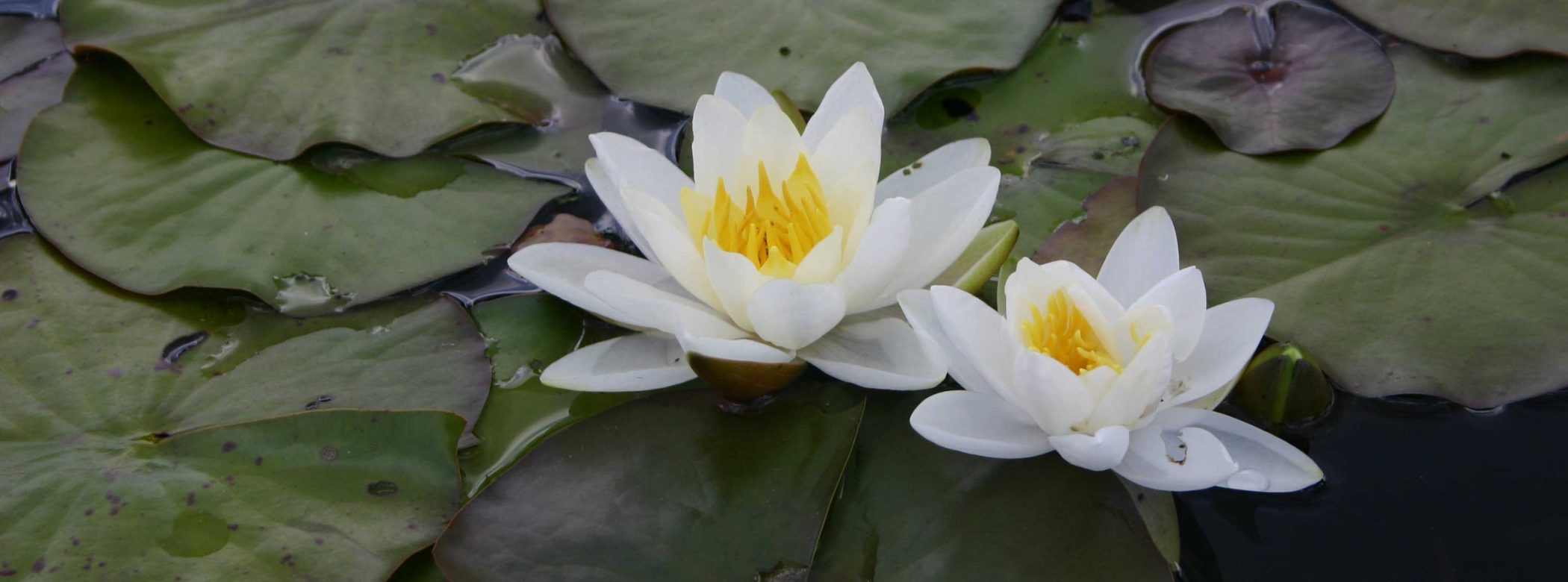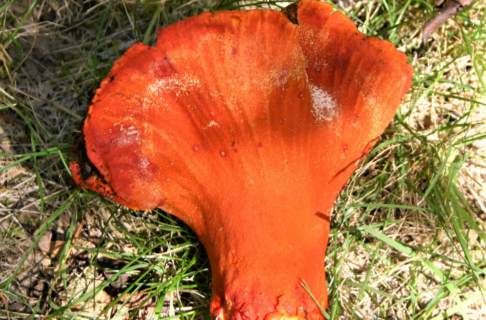Posted on: Monday April 9, 2018
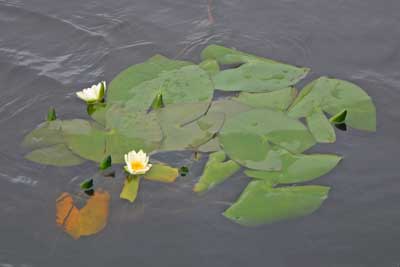
Water-lilies (Nymphaea spp.) have the largest flowers of all Manitoba plants. Unfortunately, because they grow in deep water, the only time you can usually see these lovely flowers close up is when you are in a boat. For this reason, botanists who specialize in water-lilies are a unique breed because they spend a lot of time jumping into lakes and rivers to get good specimens. The distribution of water-lilies in Manitoba is poorly known due to the huge number of lakes and rivers we have here, as well as their inaccessibility. At the Manitoba Museum there are only 64 specimens of water-lilies of any kind in our collection.
Manitoba has four water-lily species, three of which are thought to be rare due to the limited number of specimens in Canada’s herbaria. Images and descriptions of each species, in order of decreasing size, is written below to help you identify them as you explore our province this summer.
Image: Water-lilies (Nymphaea spp.) are typically found in fairly deep water in clear lakes and rivers.
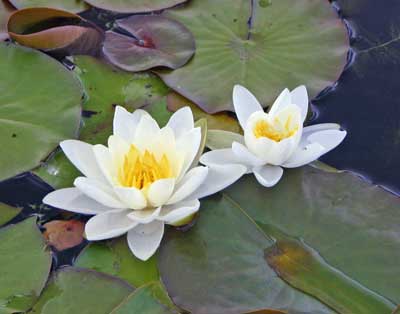
Fragrant Water-lily
(Nymphaea odorata)
This rare species, found only in southeastern Manitoba, has the largest flowers of all our water lilies: 6 to 19 cm across with 17-43 petals. The leaves are also quite large: about 10-40 cm in diameter. The innermost floral parts (the carpels) are bright yellow in colour and 3-10 mm long. The best place to see this species is in Lily Pond Lake in Whiteshell Provincial Park when it flowers in July.
Image: Fragrant Water-lily (Nymphaea odorata) has the largest flowers of all our native water-lilies.

Lori’s Water-lily
(Nymphaea loriana)
This species is rare, endemic to Canada, and has only been found north of Lake Winnipeg in clean, clear (not cloudy or tannic) water, and in eastern Saskatchewan. The flowers are slightly smaller than that of Fragrant Water-lily: 7.5-10 cm in diameter with 8-21 petals. The innermost floral parts (the carpels) are deep yellow in colour (kind of like the yolk from a free-range egg) and only 2-3 mm long. The leaves are 8-21 cm in diameter and green underneath and on top.
Image: Lori’s Water-lily (Nymphaea loriana) is a newly discovered species found only in Canada.
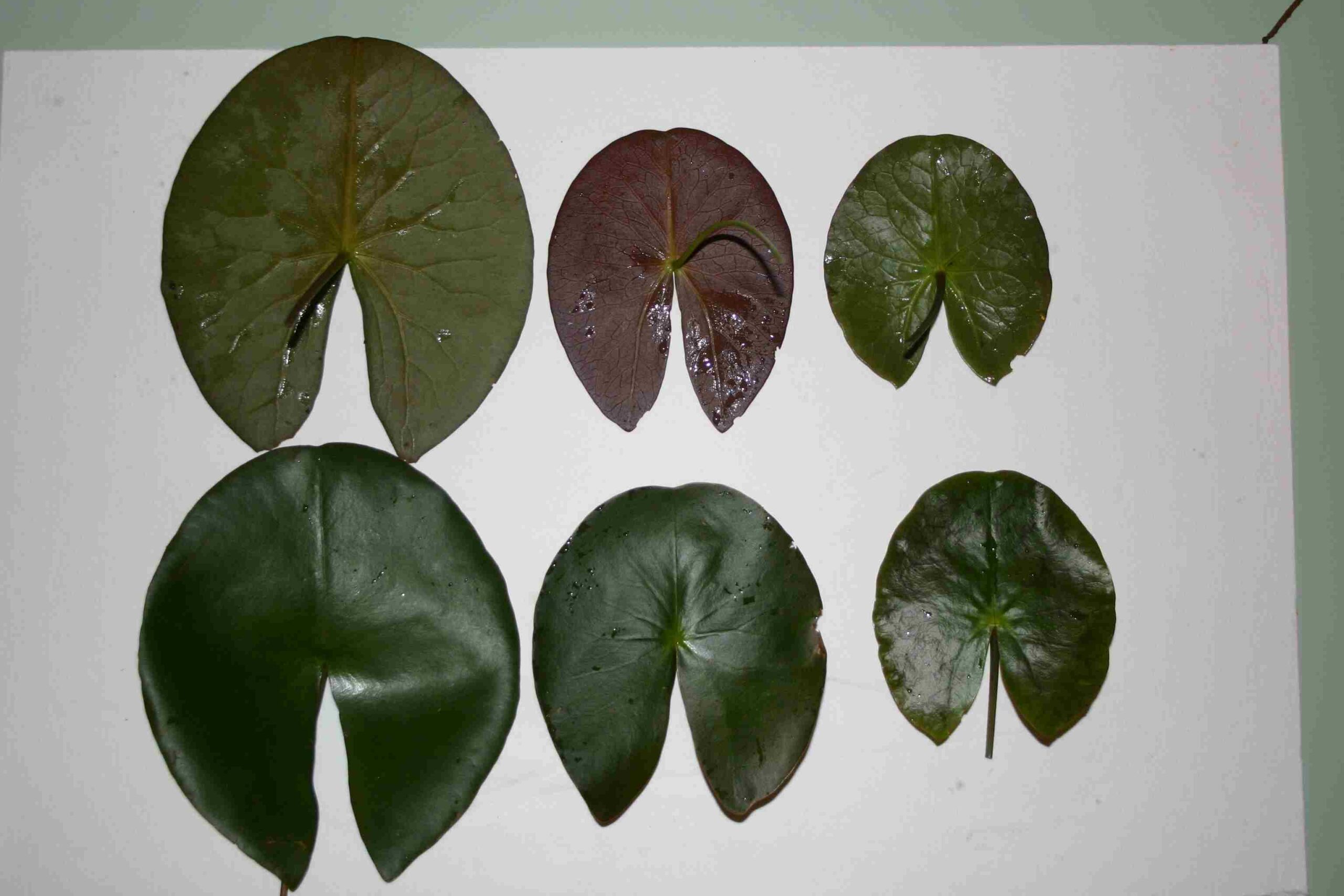
The picture to the right compares the leaf undersides of Lori’s, Dwarf and Pygmy Water-lilies. Note the differences in both size and colour of the the leaf undersides.
Image: Lori’s Water-lily (Nymphaea loriana) is on the far left, Dwarf Water-lily (N. leibergii) is in the middle and Pygmy Water-lily (N. tetragona) is on the far right.
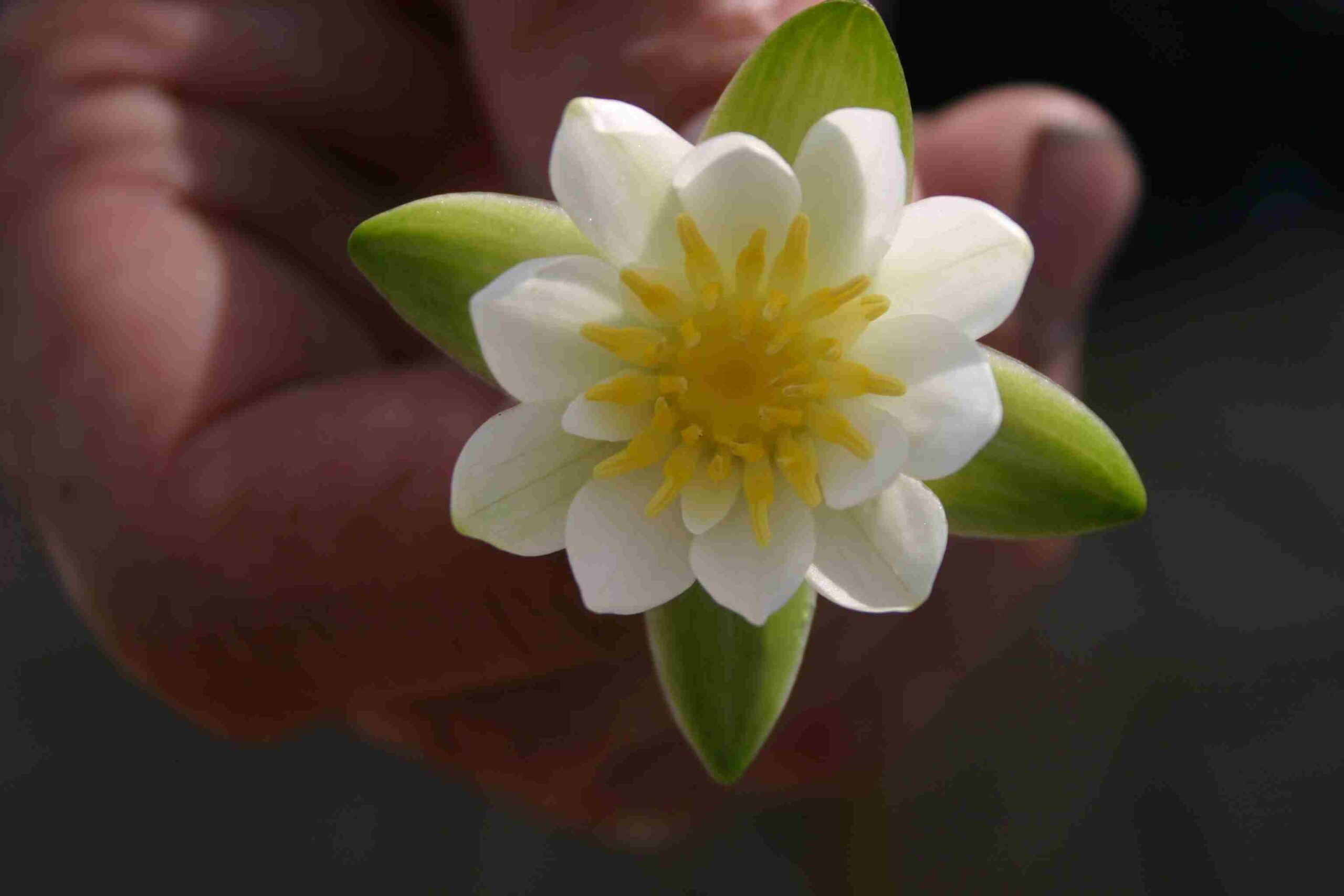
Dwarf Water-lily
(Nymphaea leibergii)
This is the most common species in Manitoba, occurring in ponds, lakes and quiet streams throughout our southern Boreal Forest. The flowers are small, about 3-7.5 cm in diameter with 8-17 petals. The carpels are pale yellow but only up to 1.5 mm long. The leaves are about 2-19 cm in diameter and are typically a deep purple colour underneath.
Image: Dwarf water-lily (Nymphaea leibergii) is relatively common in northern Manitoba.
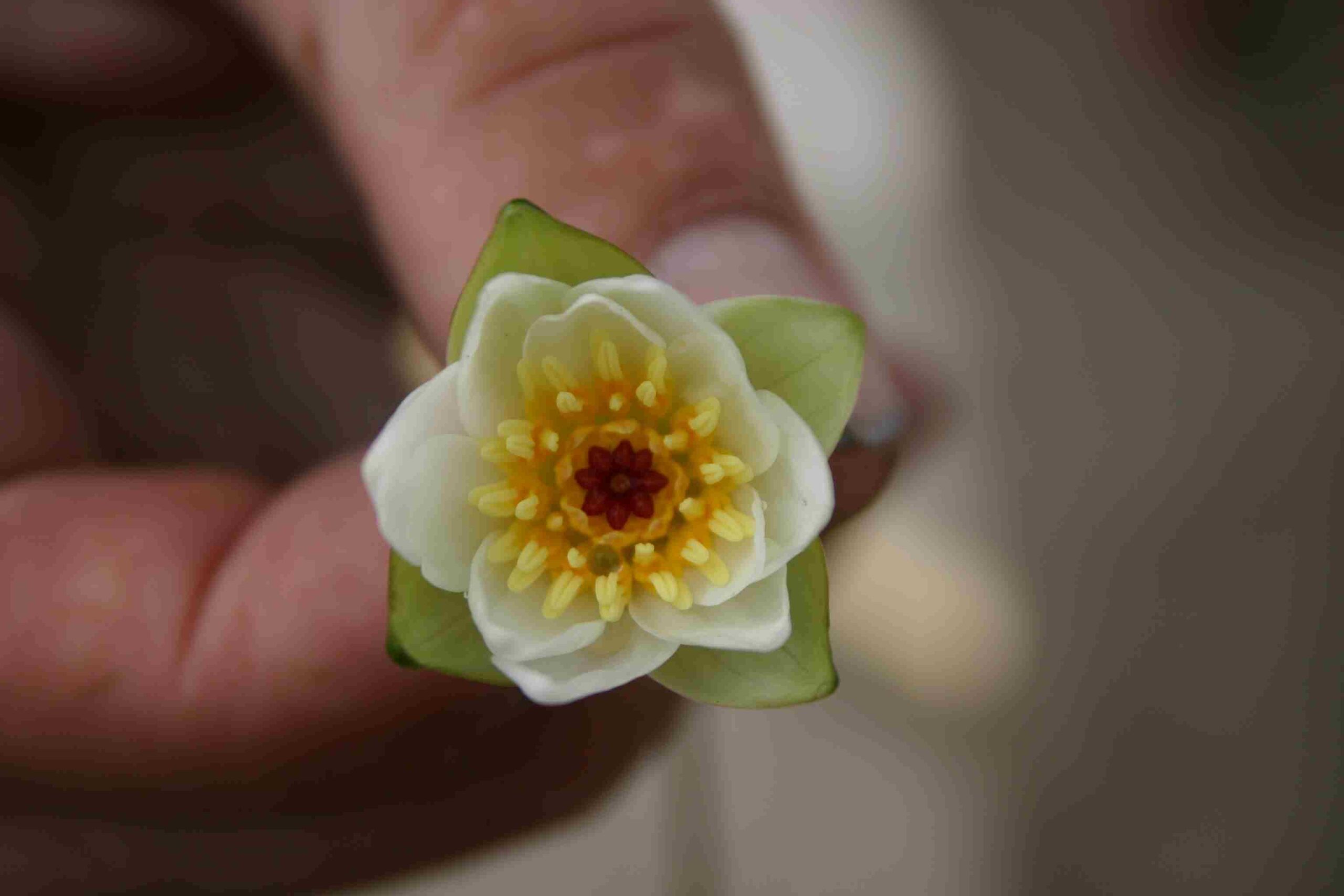
Pygmy Water-lily
(Nymphaea tetragona)
This species is also relatively rare, occurring sporadically in our Boreal Forest. The key distinguishing characters of Pygmy Water-lily are its small size, bright, purple stigma at the very center of the flower, and the square-shaped floral base. All other water-lilies have a yellow stigma and a rounded floral base. The flowers are similar in size and petal number to Dwarf Water-lily. The leaves are typically 2-13 cm in diameter and are often green, mottled with purple on top, and shiny and green underneath.
Image: The rare Pygmy Water-lily (Nymphaea tetragona) has a distinctive purplish stigma.
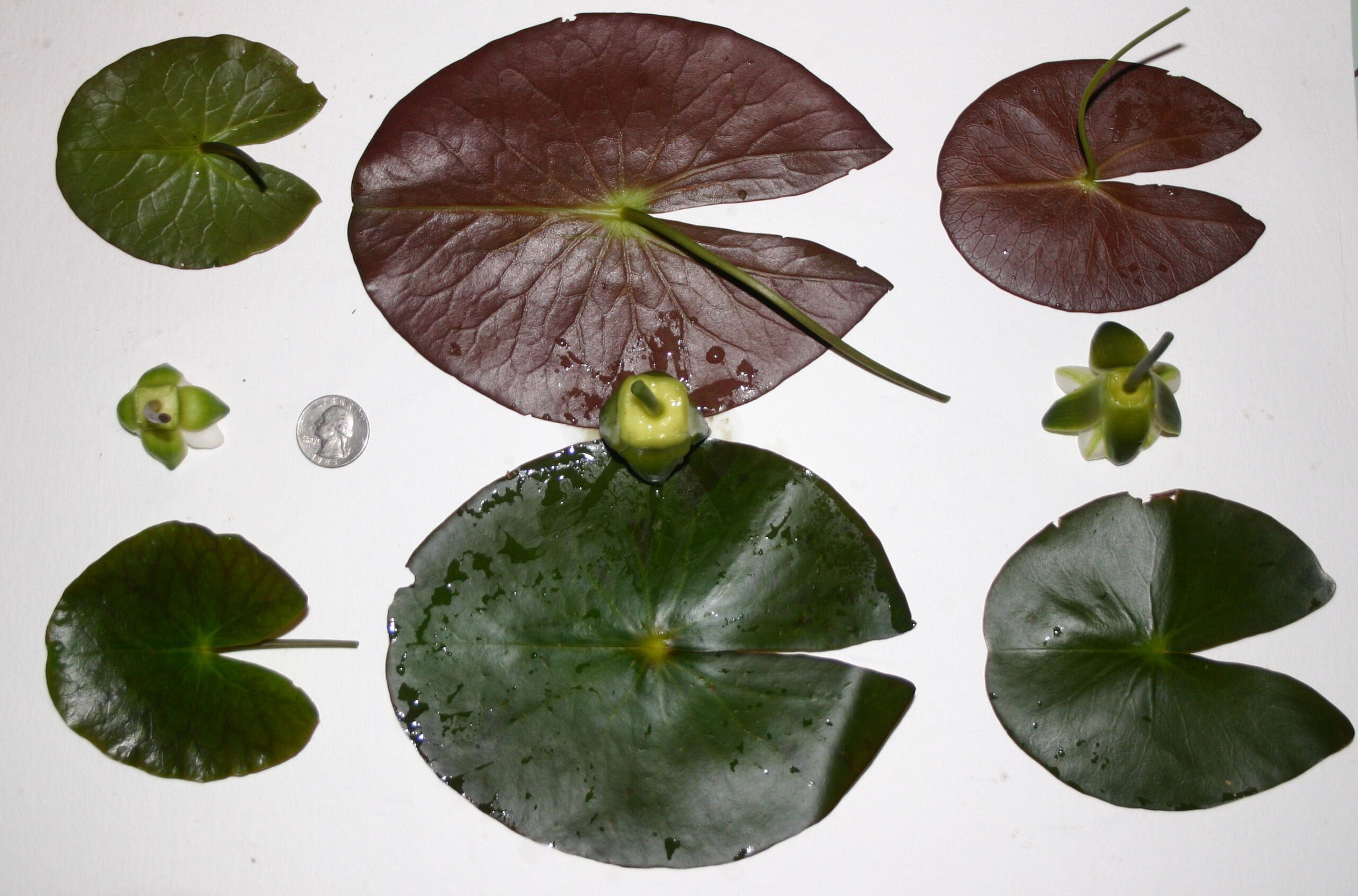
Sometimes Dwarf and Pygmy Water-lilies hybridize to form unusually large plants. These hybrids have squared flower bases and large leaves with a purplish underside.
Image: Pygmy water-lily (Nymphaea tetragona) is on the far left, Dwarf Water-lily (N. leibergii) on the far right and a hybrid between the two is in the middle.
Water-lilies are often confused with pond lilies (Nuphar spp.). However, pond-lilies have bright yellow flowers that smell a bit like mango and oval leaves with feather-like veins. Water-lilies have round leaves with all the veins arising from the center of the leaf, like the palm of your hand.
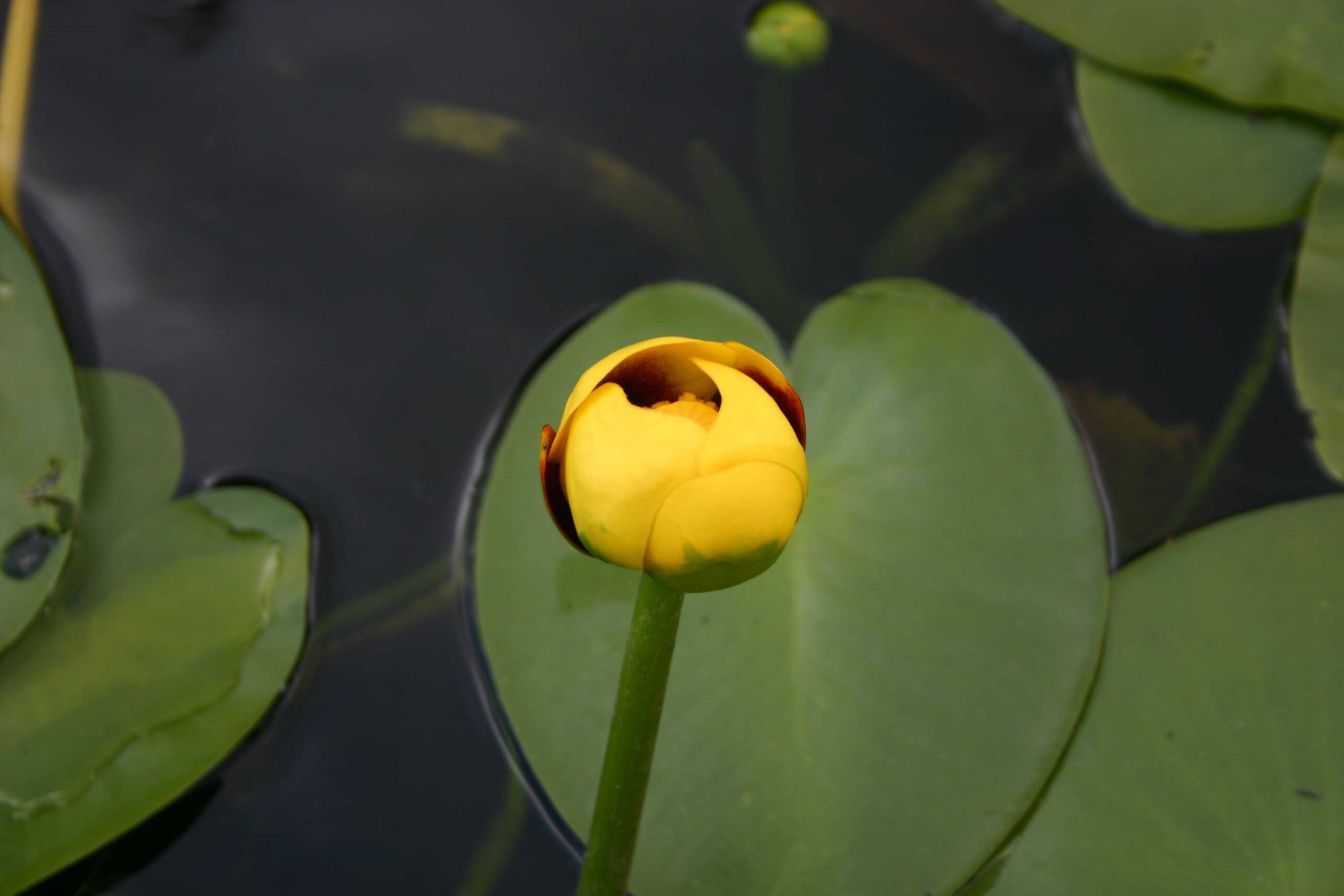
Pond-lilies (Nuphar spp.) have bright yellow flowers that smell like mango!

Pond-lily (Nuphar spp.) leaves are oval, not round and have feather-like veins.
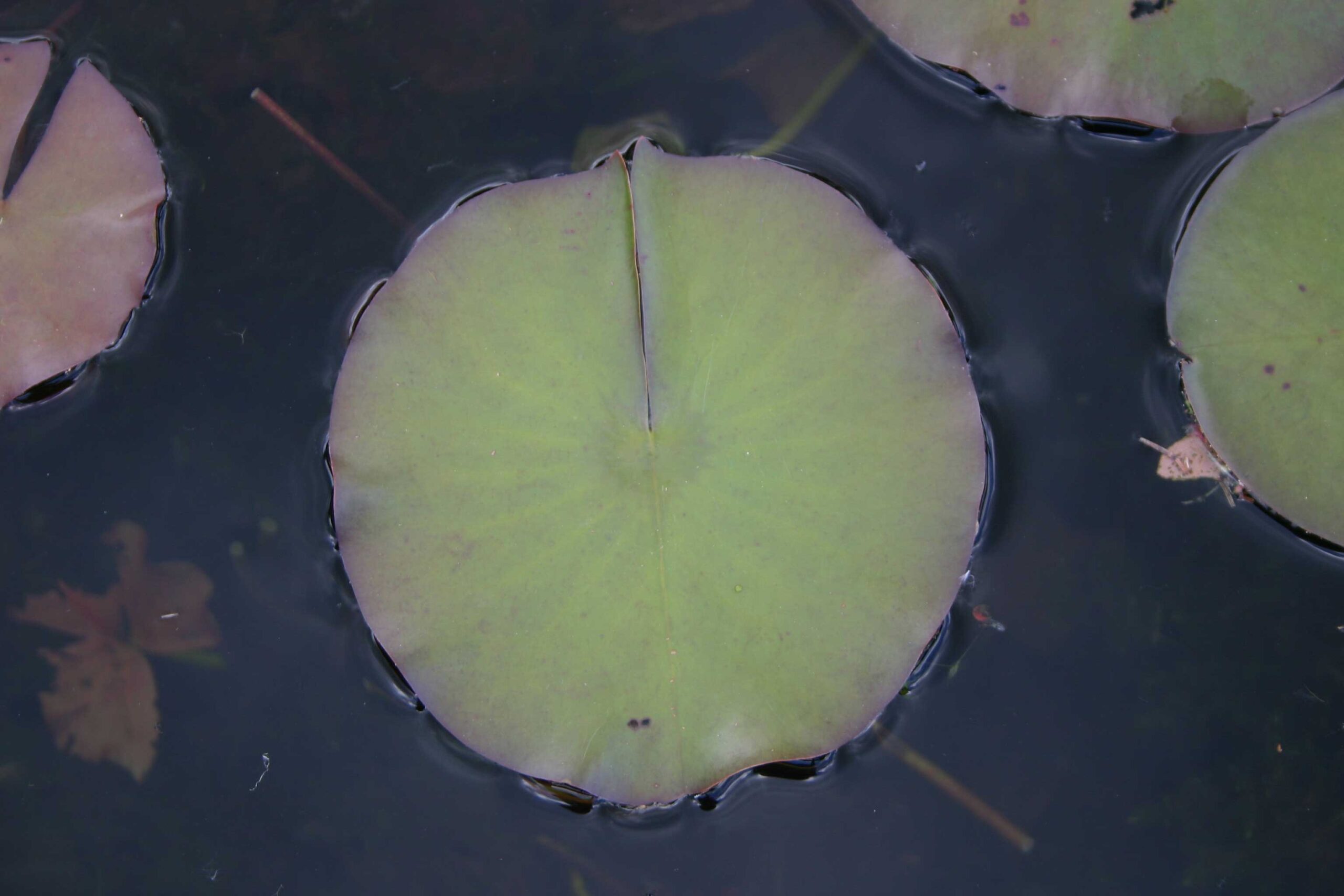
The veins of round Water-lily (Nymphaea spp.) leaves all arise from the center.
If you’re out on a boat in one of Manitoba’s many lakes this July or August and you see a water-lily, take a picture and send it to me (DRobson@ManitobaMuseum.ca) along with the location where you found it to help improve our knowledge of these species. Don’t forget to flip a leaf over and take a picture of that too!




